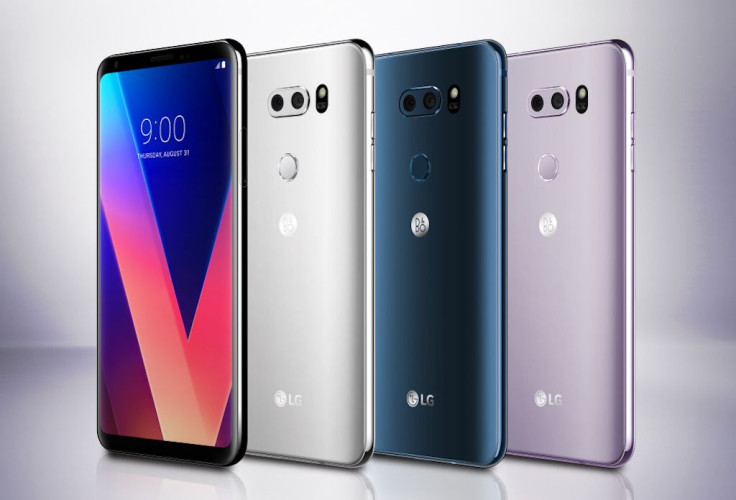Will 2018 Be The Year Of In-Display Fingerprint Sensors? LG Continues Planning

The smartphones of 2017 brought many interesting trends to the mainstream market, including edge-to-edge displays, camera improvements and several iterations of biometrics. Now with the 2018 product season on the horizon, it remains to be seen whether manufacturers will finally master the highly coveted feature that has evaded premium mobile devices: the in-screen fingerprint sensor. In particular, Korean smartphone manufacturer, LG insists it has not given up on the endeavor.
“I want to erase everything except the screen. The future trend is the fingerprint sensor will be inside the display -- that is what we’re working toward,” Hyung-gon Ryu, lead designer of the LG V30 told International Business Times. “A lot of these designs are temporary, transitional and not permanent.”
There is no word on whether LG’s 2018 devices will feature an in-display fingerprint sensor, but the introduction of an OLED display on the LG V30 is seen as a preamble to the long-awaited in-screen fingerprint sensor technology.
LG executives told IBT in September that the manufacturer planned to introduce the LG V30 with an in-screen fingerprint sensor; however, it’s development was plagued by many technical issues. Similarly, several manufacturers, including Samsung, Huawei, and Apple found issues with implementing display embedded fingerprint sensors. This forced smartphone makers to release 2017 devices featuring displays with 18:9:5 aspect ratios, no home buttons and either rear-facing fingerprint sensors or no touch-based biometrics features.
“We tried to get the in-display fingerprint sensor, but the reliability of performance was not good because we needed a slimmer glass [for the display]. Our display was thicker than they expected,” Mi-kyung Kim, premium product planner for the LG V30 said.
The LG G6 was one of the first smartphones of 2017 to release with an 18:9:5 aspect ratio. The form factor allows devices to have a large display on a smaller body, due to minimized bezels. LG markets the feature as a Full View display. The LG G6 and LG V30 both have visible upper and lower bezels and thin side bezels. Without branding on the front of the device, the V30 has, even more, screen real estate.
Ryu also expressed a desire to release future devices made of one piece of glass, without having to etch out spaces for components, such as camera modules. Such a design statement would be the rear version of removing the capacitive fingerprint sensor from the front of a device.
“We want to make it one piece of glass with the camera underneath. The reason it sticks out is because [the camera] is bigger than the width of the phone,” he said. “It will be next year maybe. Minimizing that has been the race to market.”
© Copyright IBTimes 2024. All rights reserved.






















